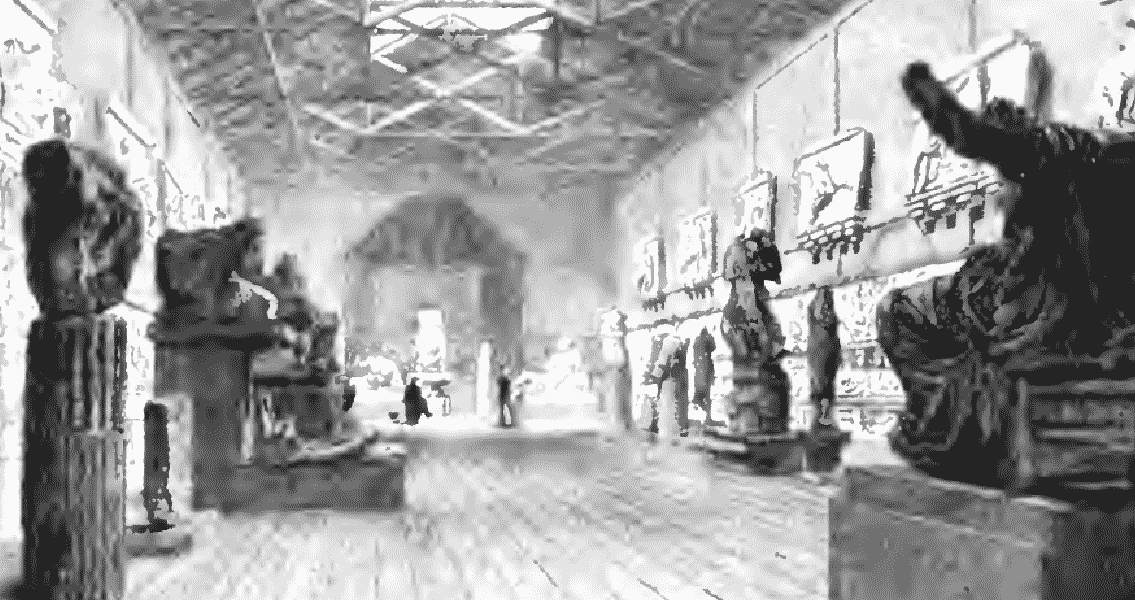<![CDATA[The British Museum director Neil MacGregor has issued a strong statement about the Parthenon Sculptures, commonly known as the Elgin Marbles. Friday's statement rejected renewed efforts by the Greek government to have the statues returned to Greece. The Greek government has been campaigning for the return of the sculptures since gaining independence in 1832. Greek politicians are now hoping that a team of human rights lawyers, including Geoffrey Robertson and Amal Clooney, can retrieve the sculptures. The latest attempt has been backed by UNESCO, the United Nations' cultural arm, which has called on Britain to take part in a 'mediation procedure' with the Greeks. MacGregor stated in an interview with The Australian Times that the British Museum is not subject to international mediation. "The trustees of the British Museum are not part of the British government. The objects in the British Museum are held by the trustees and their duty is to preserve the objects to ensure that those objects give maximum public benefit". One of the strongest arguments put forward by the Greeks is that the Parthenon Sculptures should be reunited as the artistic entity they were originally intended to be. The head of one horse, Amal Clooney has stated, is in London while its body is in Athens. "Nobody can celebrate the marbles united, in the place that they came from," she told a press conference in Athens recently. The Greeks intend to reassemble the sculptures and then display them in Athens. The Greeks also claim that Thomas Bruce, seventh Earl of Elgin, removed the sculptures illegally. While Elgin did negotiate with the ruling authorities, in the early nineteenth century that was the Ottoman Empire, rather than the Greeks. In direct response to these claims, MacGregor stated that the British Museum's mission is to gather objects from around the world to tell a human narrative. By displaying the Sculptures at eye-level, the British Museum seeks to show what the human body has meant in world culture. "In Athens [the Sculptures] would be part of an exclusively Athenian story," MacGregor said. MacGregor claims he and the museum's trustees are not averse to discussions with the Greek government, and never have been. "The complication is that the Greek government will not recognise the trustees as the legal owners, so conversations are difficult," he said. Following a public debate in Parliament, the sculptures were purchased from Elgin by the British government in 1816. They were passed on to the British Museum, who became the legal owners of the sculptures. The Greek government on the other hand, claim that Greece has always been the legal owner, as their former Ottoman rulers had no right to sell the statues in the first place. The British Museum is not against lending the sculptures to Greece as part of a temporary exhibition; and has a history of being very generous in loaning out its extensive collections. "The Greek authorities are not interested in borrowing [the sculptures]," MacGregor stated. "That's sad because these sculptures do belong to everyone. Letting them be seen in different places is important." MacGregor's statement reiterates the British Museum's position. Debate surrounding the Sculptures will continue as both sides are firmly entrenched. MacGregor's statement suggests that the sculptures will remain in the British Museum for the foreseeable future.]]>
British Museum Director Speaks Out on Elgin Marbles
